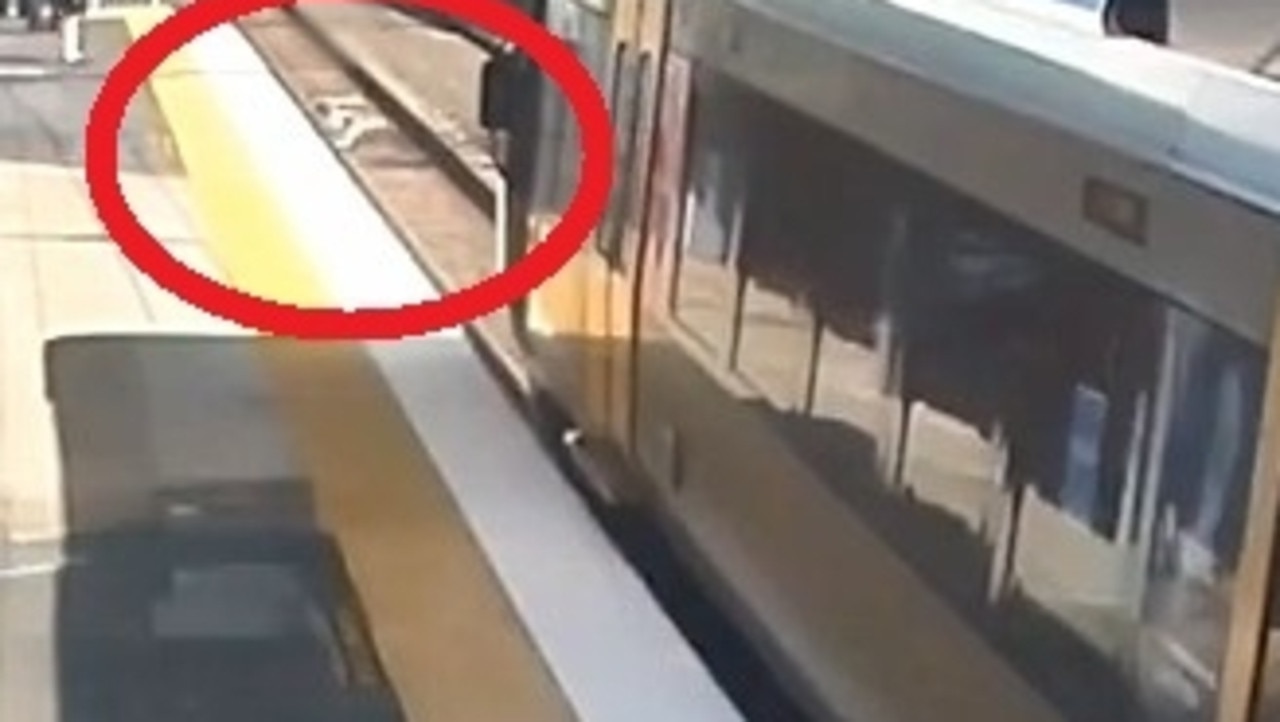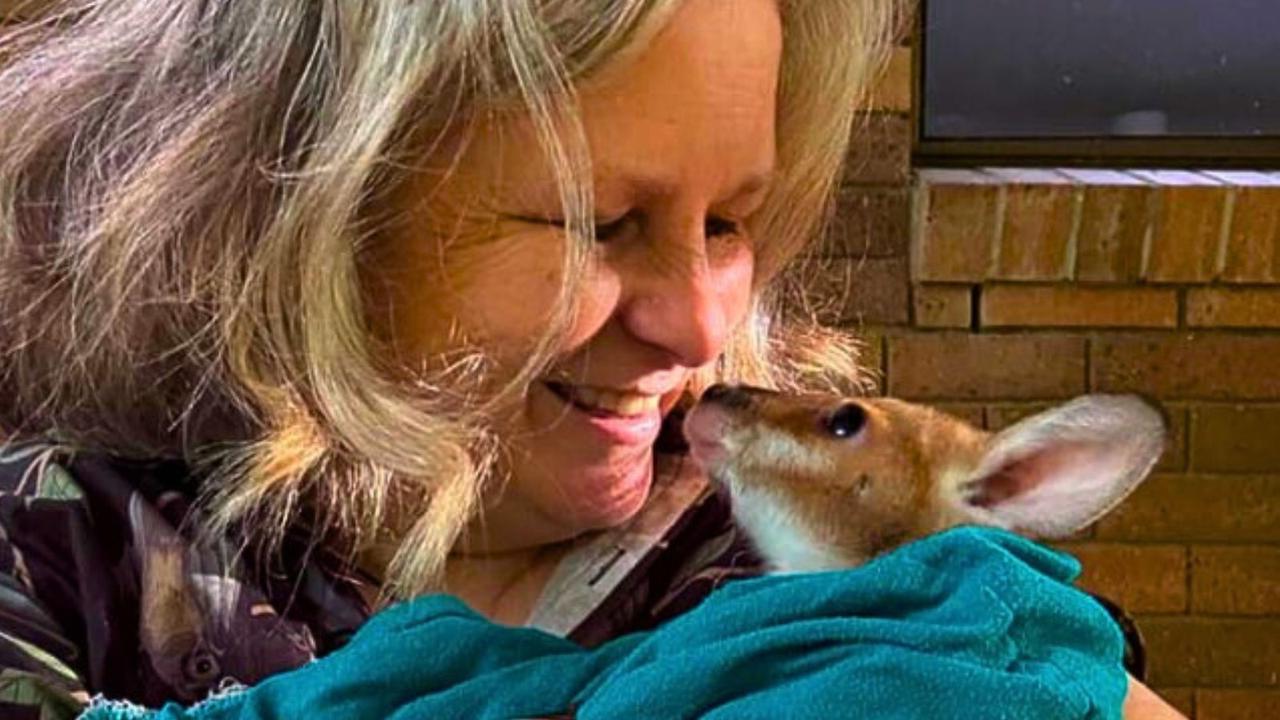Inside our baby boomer, fertility drought suburbs
Five Queensland centres stand out as the state’s baby boom capitals, as new birth rate figures are revealed, with a city that offers “incredible opportunities for people in terms of work and lifestyle” topping the list.
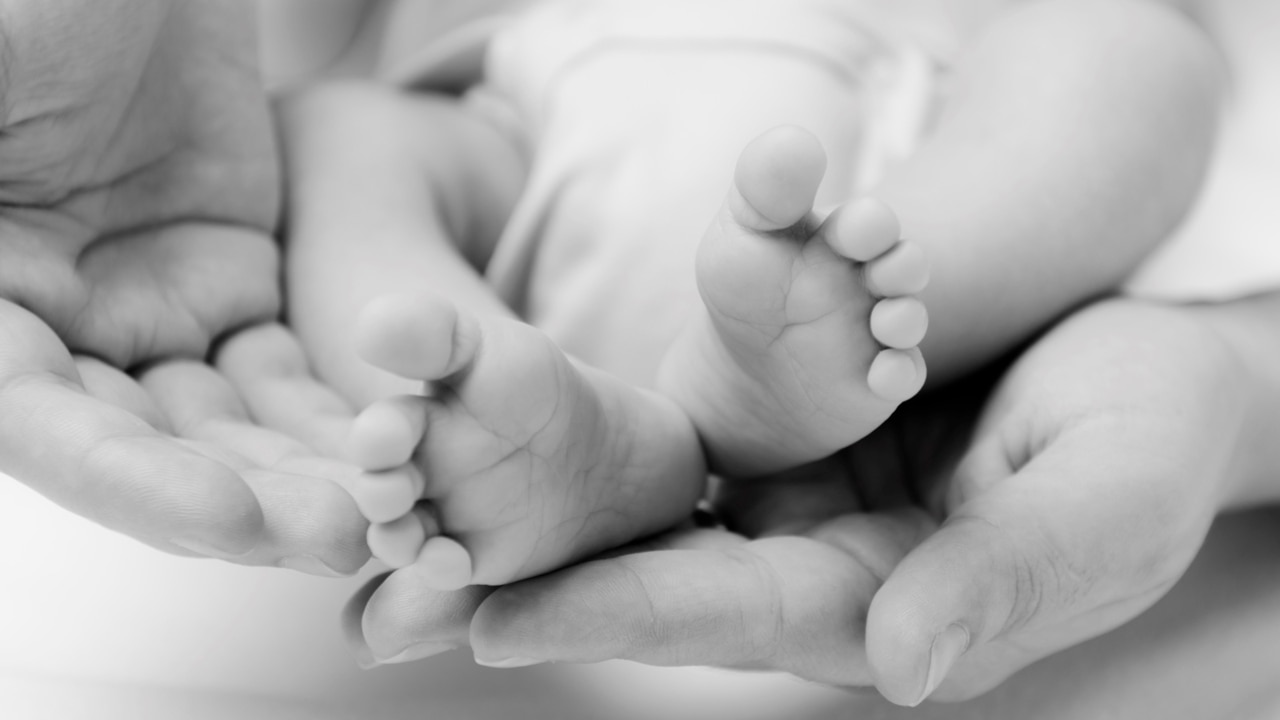
North
Don't miss out on the headlines from North. Followed categories will be added to My News.
BABIES are on the move across Queensland.
The latest Australian Bureau of Statistics figures show while new nappy valleys are swaddling southeast Queensland, inner-city suburbs are in the grip of a fertility drought.
And although there were more babies born in southeast Queensland than the rest of the state combined, regional centres were more than pulling their weight in the baby-making stakes.
MT ISA:
Mt Isa claimed the baby-making crown by recording the highest total fertility rate — a measure of how many babies child-bearing-aged women were expected to have based on the number of births in the area — at 2.7.
Mayor Joyce McCulloch said the far north western mining town had held the title for many years.
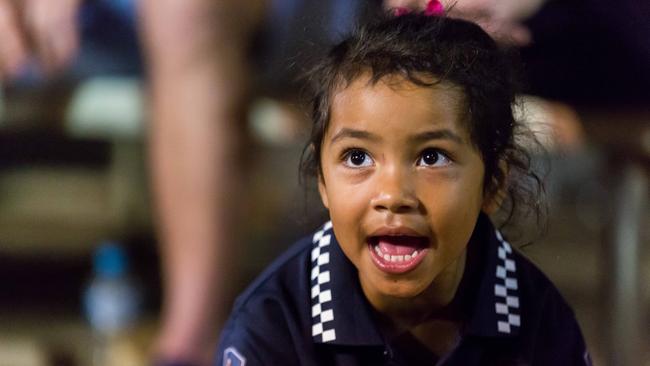
“Mount Isa offers incredible opportunities for people in terms of work and lifestyle, and we attract a large number of people to the city who are in their mid-20s to early 30s, with the median age of the city’s population being 31,” Cr McCulloch said.
“The access to services, the ease of the lifestyle, the job security and family-friendly community make it an ideal place for people to begin families after they move here.”

DEERAGUN
Surprisingly, Townsville’s outer suburb Deeragun — population 24,104 — beat the rest of the metropolitan suburban-sized areas to third position on the top births list, at 511 babies.
REIQ Townsville zone chairman Wayne Nicholson said the “middle Australia” suburb was an affordable place to live for families.
“But I didn’t realise it’s a nappy valley, although 522 for the year certainly puts it in that class,” he said. “It’s an older suburb that has been revitalised of late. Houses cost between $200-350k to buy there, and there are quite a few rental homes there too. It’s only 15km from the CBD.”
Girish Menon, of Elders Real Estate Townsville, said Deeragun was an area that was rapidly changing.
“It’s full of families — happy people — low to middle income,” Mr Menon said.
“It’s a rapidly developing area, so there are increasingly homes to buy there and people are moving in. There’s a whole gamut of change going on.
“And there’s a lot of opportunity to buy there. Townsville’s economy is turning around now so it’s the right time to buy.”

NORTH LAKES AND MANGO HILL
The Moreton Bay suburbs of North Lakes and Mango Hill, between the Sunshine Coast and Brisbane, are firmly in the grip of baby fever.
Latest birth statistics show that a whopping 527 babies born in 2017 were from those two suburbs alone.
This was the highest number recorded that year in the Australian Bureau of Statistics’ Greater Brisbane area, covering from northern Moreton Bay region to the Ipswich hinterland to Beenleigh. It was also the second highest number recorded across Queensland, beaten by the 553 born in Gold Coast’s Upper Coomera-Willow Vale area.
The ABS North Lakes/Mango Hill statistical area also recorded a very healthy total fertility rate of two babies per woman of child-bearing age, according to the ABS data released last month.
In contrast, fertility rates have hit a decade low in the Brisbane Inner City statistical area which as experience just 1.15 babies per woman.
Urbis national economics advisory director Richard Gibbs said the statistics indicated that more babies were being born in areas in which families could afford to live.
“Housing affordability and employment have played a key role in shaping fertility growth rate patterns,” Mr Gibbs said.
“This relatively rapid concentration of higher fertility locations on the fringes of Brisbane is placing greater pressure on economic and social infrastructure.
“It is also challenging the traditional models of family and community-centred housing.”
He said the area around North Lakes was a major population growth powerhouse and one of which town planners needed to take special note.
“The North Lakes/Mango Hill area has seen a major influx of refugees and migrants over the past five to six years from Africa, Central Asia and the Middle East,” he said.
“Typically, these new arrivals come from countries that have much higher fertility rates than Australia as well cultural backgrounds that encourage the extended families.
“By and large, these refugee and migrant cohorts also reflect a more traditional approach to the establishment of families with females devoting much of their time to raising children, rather than pursuing work careers.”
Mr Gibbs said the greater reliance on the household and family unit in these families often reflected cultural values as well as an understandable desire for greater stability and security in the living environment.
“This is particularly apparent in refugee cohorts where families have escaped often protracted civil conflict in their native countries,” he said.
“The influx of refugees and migrants into the area has undoubtedly placed additional pressures on economic and social infrastructure in these locations. It also highlights the need for community-based social policy initiatives to assist in fostering a stable and inclusive living environment.”
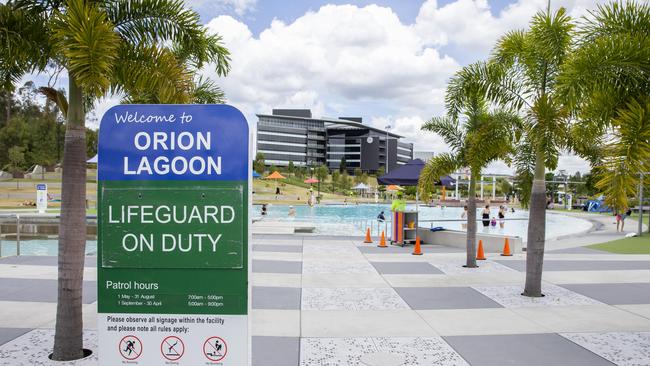
SPRINGFIELD LAKES
Springfield Lakes is in the grip of a baby boom.
Latest birth statistics show that a whopping 356 babies were registered as born to Springfield Lakes mums in 2017, even though there were just 17,450 people living in the suburb. The figures show that was the ninth highest number of births in southeast Queensland, and the 14th highest for the whole of Queensland.
That’s more than one new baby on each of the 244 streets in the new-home enclave. The boom was a repeat of 2016, when 325 births were registered — again representing more than one baby per street.
The area also recorded a very healthy fertility rate of 2.1 babies per woman of child-bearing age.

GORDON PARK
THERE’S one household that’s firmly bucking the trend towards smaller families in inner-city Brisbane.
High school teachers Helen Lobegeiger, 39, and Peter Cottle, 40, are the proud parents of triplets Matilda, Angus and Charlie, 5, and live in the tiny inner-northern suburb of Gordon Park, about 7km from Brisbane’s GPO.
“We moved to the area in 2011. It’s an amazing spot, close to the city, work, transport — the bus lane is virtually on our doorstep — and Kedron Brook,” Ms Lobegeiger said. “You can’t get anything better.”
She said there were challenges raising a bigger family in the city. The median house price in the suburb is $838,000, well above the $673,000 Brisbane median.

“And then you have got the daycare costs, which is another mortgage for us, so I would say yes, it can absolutely be difficult to live in the inner city and have children,” she said.
“But we have living around us a number of families with children of similar ages.”
She said the couple recently considered selling up.
“We decided to stay,” she said. “We were looking around because we needed more space, but we have instead chosen to extend this house. We could afford to build in the area where we wanted to live. So we are here to stay.”
She said the triplets were conceived naturally, but with a little help from fertility drugs. And while it wasn’t their original plan to have an instantly large family, they were happy.
“We thought we’d just have one (baby) and see how it went,” she said. “And then we’d possibly have another. Both my husband and I come from families of three and it’s nice to have three. So it was within the possibilities.
“We were just very efficient.”
The triplets will start Prep this year at Wilston State School.

